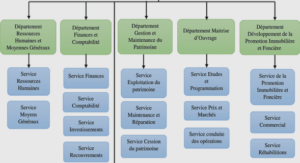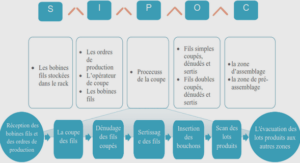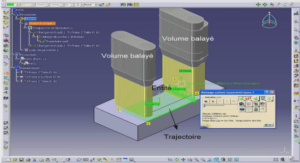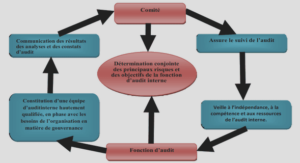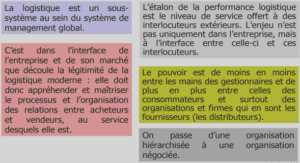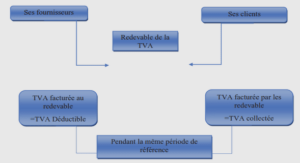Methods and limits in imaging microorganisms and their activities in soil micro-habitats
Visualizing microorganisms in their habitat
Localizing microorganisms
There are different methods for localizing microorganisms in soil samples and for identifying them as bacteria or fungi (Table 3). Distinguishing microorganisms from other soil particles is not always easy. The main identification criteria are shapes and sizes: rounded shapes, filamentous forms, or the structure of the cell, which may be combined with general or specific stains.
At the extremes in terms of resolution (magnification up to circa x200), binoculars allow the observation of fungi, identified as such thanks to their shape, size or even their colour, while bacteria and archea are too small for binoculars. Soil samples are observed without any special preparation as fresh objects can be directly observed. The resolution limit of light microscopy, imposed by the diffraction of light, is around 200 nm, which allows for the observation of objects between 10-3 and 10-7 meters (Ranjard and Richaume, 2001) in preparations between slide and coverslip or in thin sections after inclusion in a resin. Epi-fluorescence microscopy, combined with the use of stains,
i.e. fluorochromes, makes it possible to distinguish the target organisms from the background and therefore locate and enumerate bacteria (Fig. 39) (Nunan et al., 2001) and fungi (Baschien et al., 2001) in 2D and even in 3D when using confocal microscopy (Li et al., 2004). Several fluorochromes specifically stain cell constituents (Table 4). The main difficulties in using them are due to unspecific staining, in particular in the case of positively charged fluorochromes, such as acridine orange, and to the background due to the autofluorescence of soil organic particles (Altemüller and Van Vliet-Lanoe, 1990; Li et al., 2004).
Figure 29 show a case where such Methods Resolution Visualisation criterion Samples size Dimension References Light microscopy mm – 200 nm Shape, contrast (+ staining or labelling) cm 2D – Fluorescence microscopy mm – 200 nm Shape, contrast (+ staining or labelling) cm 2D or 3D (confocal) Postma and Altemüller (1990); Morgan et al. (1991); Baschien et al. (2001); Nunan et al. (2001);
Schmidt and Eickhorst (2014); Schmidt et al. (2018) Scanning electron microscopy (SEM) 100 µm – 1 nm Shape, topography mm – cm Surface 3D Gaillard et al. (1999); Chenu et al. (2001); Schmidt et al. (2012) Transmission electron microscopy (TEM) 100 µm – 0,05 nm Shape, contrast (+ staining or labelling) mm – cm 2D Chenu and Plante, (2006) Atomic force microscopy (AFM) 10 – 20 nm Topography, resistance mm Surface 3D McMaster, (2012); Huang et al. (2015) 116 kind of autofluorescence has been identified (red arrow) making more complicated the identification of microorganisms.
Provided their excitation spectra are not superimposed, and no interferences occur, it is possible to use several staining agents simultaneously (Chen et al., 2007). In addition, the quality of the staining can be affected by the presence of clay particles as stains tend to adsorb to clay surfaces resulting in a fluorescence which can hinder the observation of microorganisms (Li et al., 2004). Other factors may also interfere with the staining such as its concentration, soil pH and the type of resin used (Altemüller and Van Vliet-Lanoe, 1990; Postma and Altemüller, 1990). Such methods allowed Nunan et al. (2002) to identify soil microorganisms and to study their spatial organization. They found that microorganisms were not organized in the same way and at the same spatial scales depending on the depth of sampled soil.
The study of microorganisms in their environment requires the preservation of soil structure and of the spatial relationships between the microorganisms and the soil matrix. This can be achieved observing thin sections of soil samples previously embedded in resin, as described by Li et al. (2004). This type of preparation requires fixation, dehydration and resin impregnation before cutting the thin sections (Nunan et al., 2001; Li et al., 2004), paying attention to the preservation of the arrangement of soil particles that exists in moist soil samples and of the integrity of biological cells. The staining needed to visualize microorganisms can be carried out either before the impregnation, by immersion of the sample in a staining bath, usually after a fixation step (e.g. Fig. 39), or after. However, only microorganisms situated at the surface of the thin section can be stained and visualized in the latter case.

